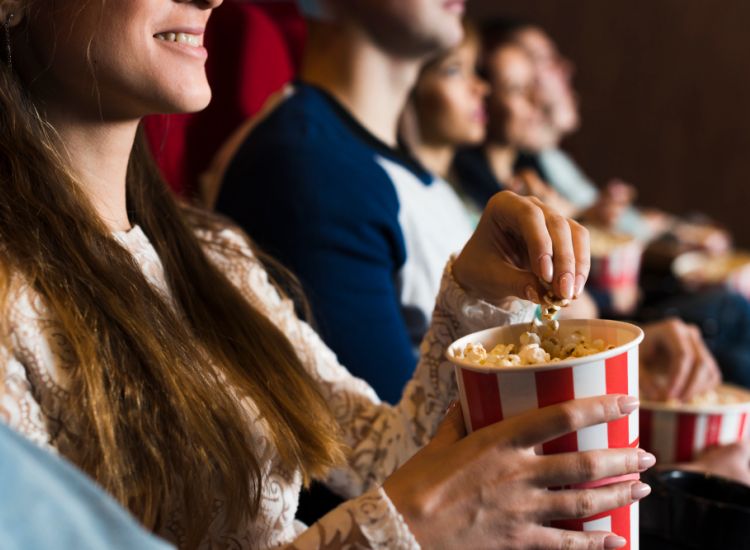Why invest in cinema theaters advertising

-
Tagged in:
-
Created the:23 August 2023
Even with the predominance of streaming platforms, going to the cinema remains one of the most chosen ways to consume feature films, and a significant phigital space from which digital conversations are sparked.
The Barbenheimer phenomenon was the ideal setting for advertising both inside and outside cinemas. The combination of "Barbie" and "Oppenheimer" came at a time when only franchise films manage to gather large audiences, and the secret of their success lies in their connection with social media: FOMO and memes.
The Fear of Missing Out is a powerful force that drives people to hastily consume something. Promoting the films separately was very effective — a cult director, a promising director, a true story, a familiar doll, minimal CGI effects, great actors and actresses — but when their paths converged on a release date, they became greater than the sum of their parts.
"They compounded one another's success via the Barbenheimer meme, as it organically took over the pop culture consciousness and crossed over into mainstream channels that don't normally include movies in their casual daily discourse," states the specialized cinema magazine BoxOffice. The mystique of such different films premiering on the same day sparked a deluge of memes and organically generated content that further fueled the desire to participate.
Typically, two films arriving on the same weekend from rival studios would lead to cannibalization of ticket sales, but the teams from both productions cleverly rode the wave and mutually benefited.
It's important to understand that lessons can be learned from these phenomena, although in general, predicting and even more so, generating them is very difficult. However, marketing teams must be able to seize market opportunities and be in the right moment, at the right place.
How to leverage cinema theaters for advertising
Those short video format ads that play before trailers and the movie itself offer a way of advertising with distinct characteristics compared to any other medium, and they are highly advantageous.
Firstly, everyone in that space is there voluntarily, with minimal distractions and completely open to viewing advertisements. The big screen, powerful sound, and immense quality all strongly capture attention, making it difficult for the message to be lost.
On the other hand, the ad's duration can be tailored to the objectives and available budget, but it isn't overly lengthy. All of this leads to a level of recall and associated positivity that surpasses that of traditional media.
According to Sortlist, these are the advantages and disadvantages of running a marketing campaign in cinema theaters:
Advantages
- Allows the brand to be presented to thousands of people monthly
- Cinema viewers remember the ads they saw before the screening
- The format allows for creating more advanced and different productions than traditional media
- The complexes are often located near shopping centers or many stores
Disadvantages
- The cost is usually quite high
- There's no real control over audience segmentation






